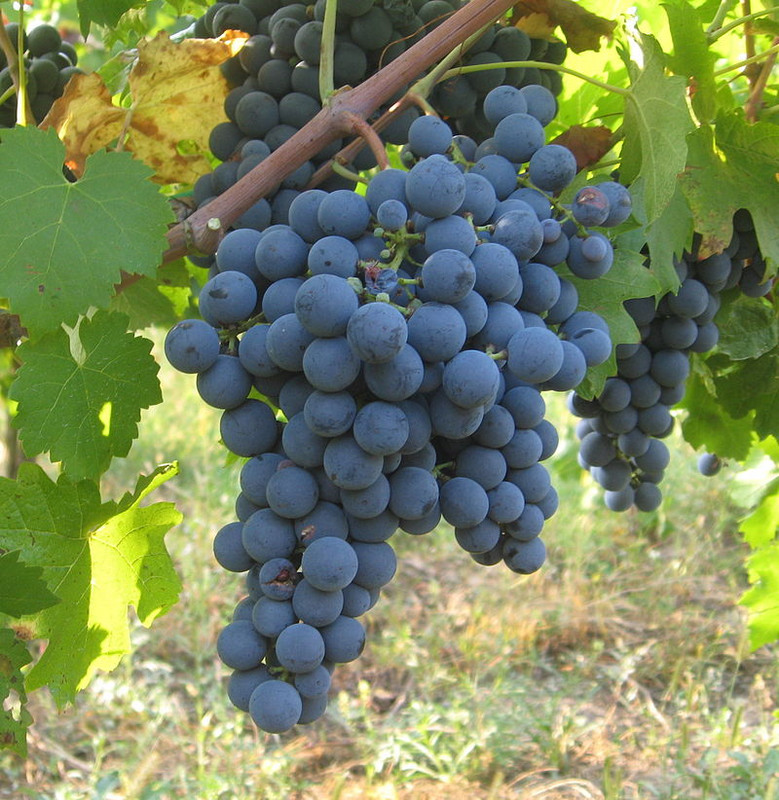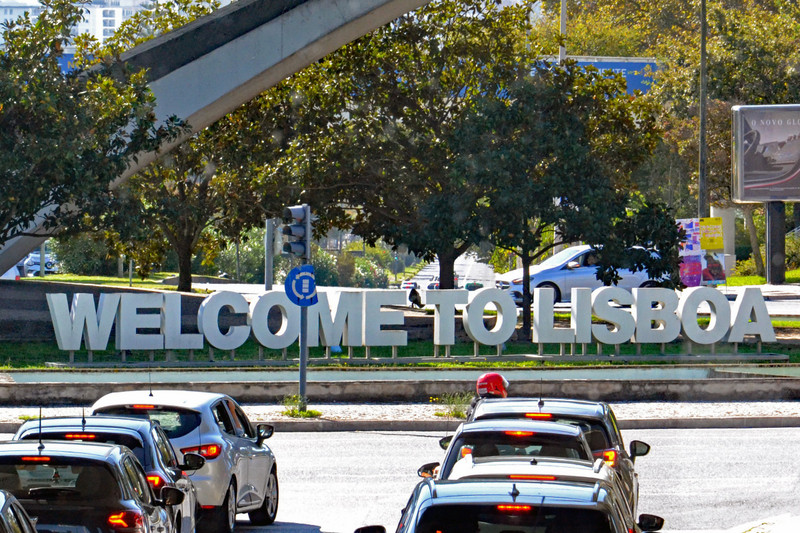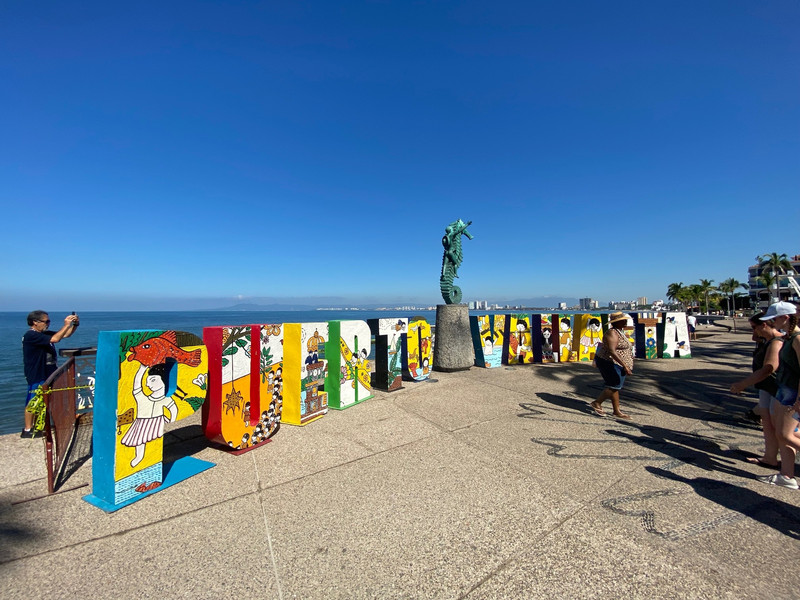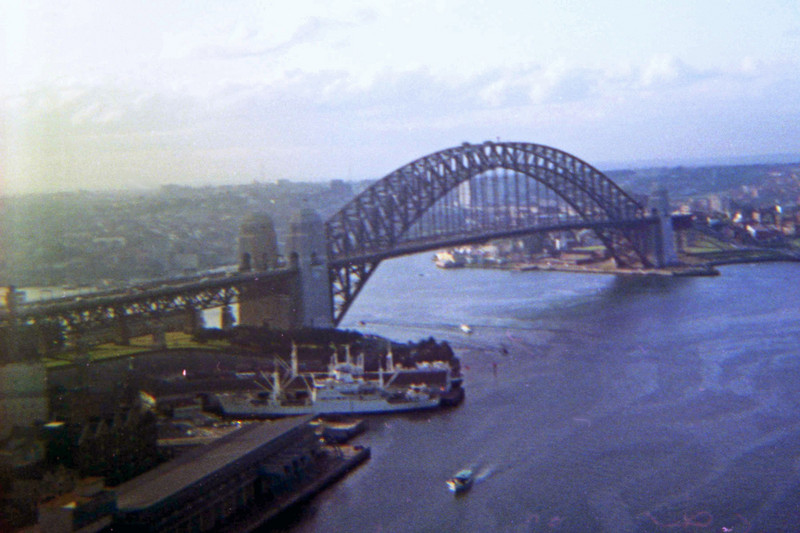I found this article in Winespeed to be quite insightful: When phylloxera destroyed most of the vineyards of Europe plus many in the Americas in the late 1800s, Australia was largely spared. One of the lucky legacies is that Australia now possesses many of the oldest vineyards in the world. In the Hunter Valley, for example, the Stevens Vineyard, now owned by Tyrrells, includes an Old Patch of chardonnay, semillon, and shiraz planted in 1867. Similarly, in the Barossa, the Hewitson family owns the Old Garden Vineyard which contains the worlds oldest mourvdre, planted in 1853. Also in the Barossa, Penfolds famous Kalimna Block 42 of cabernet sauvignon planted in 1888 is thought to be the oldest cabernet sauvignon on the planet. Indeed, although definitive records do not exist, the Old Patch vines are thought to be first generation cuttings from the famous James Busby Collection of vines originally planted at Sydneys Botanical Gardens in the 1830s—vines that went on to be the source of plant material for vineyards all over the country.You know how much I love the Loire region of France. Every avid wine lover should know about Clos de la Coule de Serrant, in Savennires,
in the Loire Valley of France. Considered one of the greatest white wines in the world, Coule de Serrant is made on the single estate also called Coule de Serrant. The prized vineyard (first planted in the year 1130 by Cistercian monks—whose small monastery still stands) is owned by the Joly family, and today consists of vines aged from 35 to 80 years old. Current winemaker, Nicolas Joly, was among the earliest and remains one of the most ardent practitioners of biodynamics in the world. The vineyard is cultivated partly by hand and partly by horse because of the steep slopes overlooking the Loire, and because the hooves of horses loosen the soil perfectly it. Though it is just 17 acres (7 hectares) in size, Coule de Serrant has its own appellation. Only a handful of other appellations in France are made up of a single property, including La Tche, and Clos de Tart, all in Burgundy, and in the Rhne.
The efforts to demystify and simplify never ring true because they ignore the fact that wine by its nature is mystifying These qualities can be
embraced and celebrated without suggesting that they require mastering, but that would force us to think and talk about wine in a different sort of way, as a food staple to be enjoyed rather than as a symbol of status or as a ‘lifestyle.—Eric Asimov
Prices will be going up! Can you believe there is a 39 percentage decrease in grapes crushed in Napa, California in to 2019 (Sonoma County crushed 36%!f(MISSING)ewer), according to the 2020 Preliminary Winegrape Crush Report for California. The drastic decrease in the states crush figures—the lowest since 2011—is primarily the result of wildfires across the state during harvest. It is estimated that between 240,000 and 325,000 tons of grapes were left on the vine due to smoke taint.And what is kosher wine? It is misconception that wine need only be blessed by a rabbi to make it kosher (Yiddish, from Hebrew kāshēr, meaning proper or fit). To be kosher, a wine must also contain only kosher ingredients. For example, fining agents may not be derived from animal which rules out egg whites, casein (a dairy derivative), and isinglass (air bladders of fish). The wine can only be handled—from the vine to the wineglass—by Jews unless the wine is mevushal (Yiddish for cooked), which involves heating the wine until it is pasteurized. During Passover, Jews drink four cups of wine (for the four promises the Lord makes to His people in Exodus at the Seder meal, which occurs on the first two nights of the holiday—March 4 in 2021. To be kosher for Passover, wines must also be free of certain additives, such as corn syrup, which producers of concord grape wines (such as Manischewitz) sometimes add.Speaking of old vines, the nearby vineyards in Lodi are full of old growth, old world varietals.









